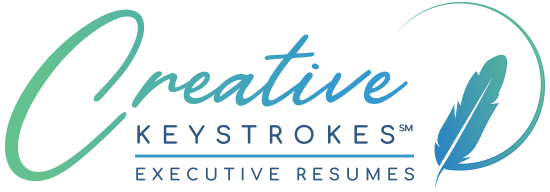Privacy Considerations in Managing Your LinkedIn Presence
There’s no question about it: LinkedIn is a critical part of the executive career management and job search landscape today. With well over 90% of recruiters using it as a primary resource in trolling for candidates, you need a strong, visible presence to remain competitive.
This does present a bit of a dilemma as far as keeping your LinkedIn activities and associations private from those you do not want to see them (e.g., your current employer or colleagues) yet visible to recruiters and potential hiring managers. Here are some considerations and how-to’s for controlling who can see what on your profile and who is/is not notified of changes you may make to your profile content or your connections.
Who Can See Your Connections
Regarding who can see your connections, this is not quite the concern that it was a few years ago when anyone and everyone could see the complete list if you set your options to “Everyone.” Today this is not even an option, with the only choices being “Your Connections” or “Only You.” So if you are not connected to your boss, you are safe. If you are connected, he or she cannot see that you are newly connected to a resume writer or recruiter, unless you specifically allow it by setting the option to “Your Connections.” Using the “Only You” setting may be prudent when you are in active job search mode.
Keeping Your Interest in Opportunities Private
Similarly, your opportunity preferences are no longer visible to anyone and everyone. Under Contact Settings, you can select the type of messages you wish to receive (career opportunities, expertise requests, consulting offers, etc.). Unlike in years past, you now need have no fear that your employer will see that you are open to career opportunities, as these preferences are hidden on your profile. (LinkedIn does use them to filter you in group searches.)
Avoiding Alerting Your Network to Changes on Your Profile
If you do not want your network (your connections) to be notified of changes you make to your profile, you’ll need to disable “activity broadcasts” and “activity feed” on your LinkedIn account.
Click on “Settings” on the drop-down menu under your name (towards the right hand of your screen). Under Profile you will see Privacy Controls. There are two things you need to do here:
1) Click on the link “Turn on/off your activity broadcasts,” uncheck “Let people know when you change your profile, make recommendations, or follow companies,” and then click the blue “Save changes” button.
2) Also click on the link directly below “Turn on/off your activity broadcasts” entitled “Select who can see your activity feed.” Select “Only you,” and click the blue Save Changes button.
Additionally, when you are editing your work history, BE SURE TO UNCLICK THE CHECKBOX that appears when you populate or repopulate/edit an employment section. LinkedIn has recently added this check box that you must UNCLICK so that none of your connections are notified of this update!!
Even if you have modified settings so you can conduct a secret update, if you leave this box checked (which is the default), LinkedIn will generate an email to all of your connections!
Once you are comfortable with others seeing your network building activities, you can re-enable activity broadcasts and make your activities again visible to either your network or all.
You Joined LinkedIn to Be Visible, and You ARE!
All of this being said, there is no real assurance of privacy once you have created a profile on LinkedIn. You can specify that your PUBLIC profile (the one linked to from your Public Profile URL) is not included in outside search engine results so that it is not visible outside of the LinkedIn internal universe. You can also allow it to be included in outside search engine results, but be very selective in exactly what parts of your profile are included in your public profile. Note that if you are including your Public Profile URL in your job search communications and documents (such as your executive resume), you probably do want it to include the bulk of the information that is in your full profile.
Be aware that your “regular” (internal) LinkedIn profile IS visible to anyone logged in to LinkedIn (anyone who has a profile/is a member of LinkedIn). However, limited content will be viewable by members unless they are a first or second level connection OR are a paid/premium subscriber.
It is a good idea to review your Settings on LinkedIn regularly, as LinkedIn has a history of making rather major changes quietly and without letting you know how they may affect you.
********

